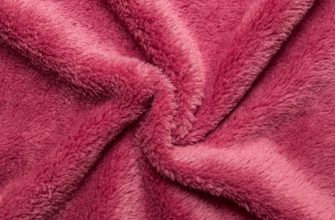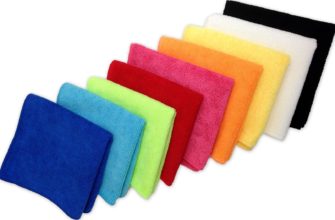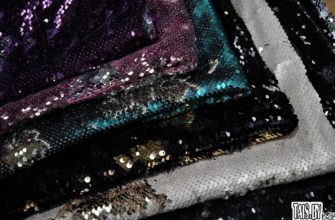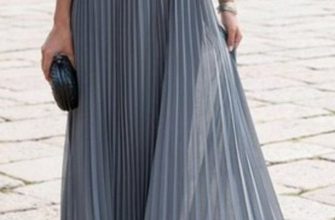Natural fluff and feathers have long been replaced by unnatural materials and synthetic fillers. They are much cheaper in cost, do not require special care and last a long time. What is synthetic padding, how is it made and in what industries is it used, below in the article.
- What is it made of and how is it made?
- Characteristics and properties: what does the material sintepon look like
- How to distinguish synthetic padding from its variety holofiber
- Scope of application
- Types of products made of synthetic padding
- Tips for choosing winter jackets
- What density of synthetic padding in jackets and overalls is suitable for a child depending on the season
- Care of items with synthetic padding
- Pros and cons of synthetic padding as a filler
What is it made of and how is it made?
Sintepon is a synthetic material used for insulation. The fabric is formed by bonding synthetic fibers together using high temperatures or glue.
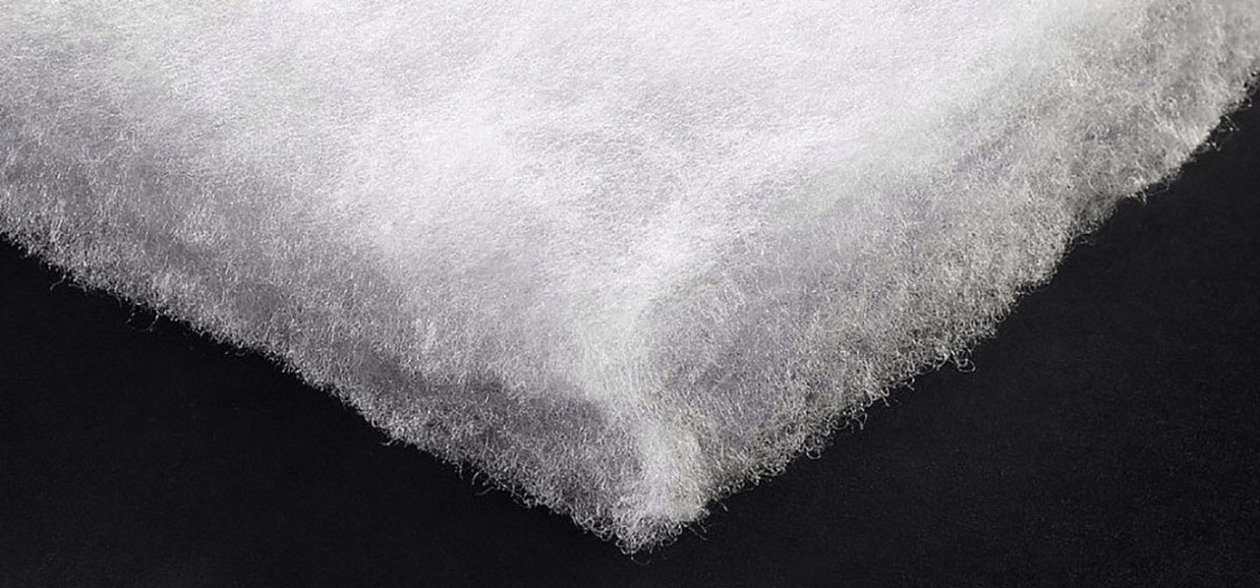
For your information! Many people do not know the correct name of the material and how to pronounce the word: sintepon or sentipon. The correct one is "sIntepon". This is a general concept that refers to artificial insulating fabric used in various industries.
The most common question is what is sintepon made of. The main material for production is polyester fibers. For pure sintepon, only they are used, for its varieties, cotton, wool or silicone are added.
Depending on the type of fiber connection, the equipment produces three main types of material:
- glued (emulsion) is more often used for furniture. It is not recommended to wash it, because it quickly deteriorates;
- needle-punched synthetic padding is fastened with needles that hit in different directions, threading the fibers through each other. This method is the best, because the material holds its shape and lasts a long time even when washed in an automatic machine;
- Thermally bonded (aka holofiber) - a synthetic filler made by fusing fibers together. Polyester melts and joins into a fabric. It is environmentally friendly and safe, lasts a long time, and does not emit toxic substances.

Characteristics and properties: what does the material sintepon look like
Not everyone knows what sintepon looks like. It is a synthetic fiber that visually resembles cotton wool. This fabric is usually white and is rarely dyed. Its main characteristics are lightness, airiness, and high heat transfer.
Buyers often confuse how to say it correctly: sindepon or sintepon. This word is of French origin "Synthepon", meaning "synthetic material". Although the pronunciation is almost the same.
Properties: does not retain moisture, dries quickly, does not cause allergies, holds shape. Depending on the fibers from which the fabric was made, it can withstand temperatures up to 100 °C.
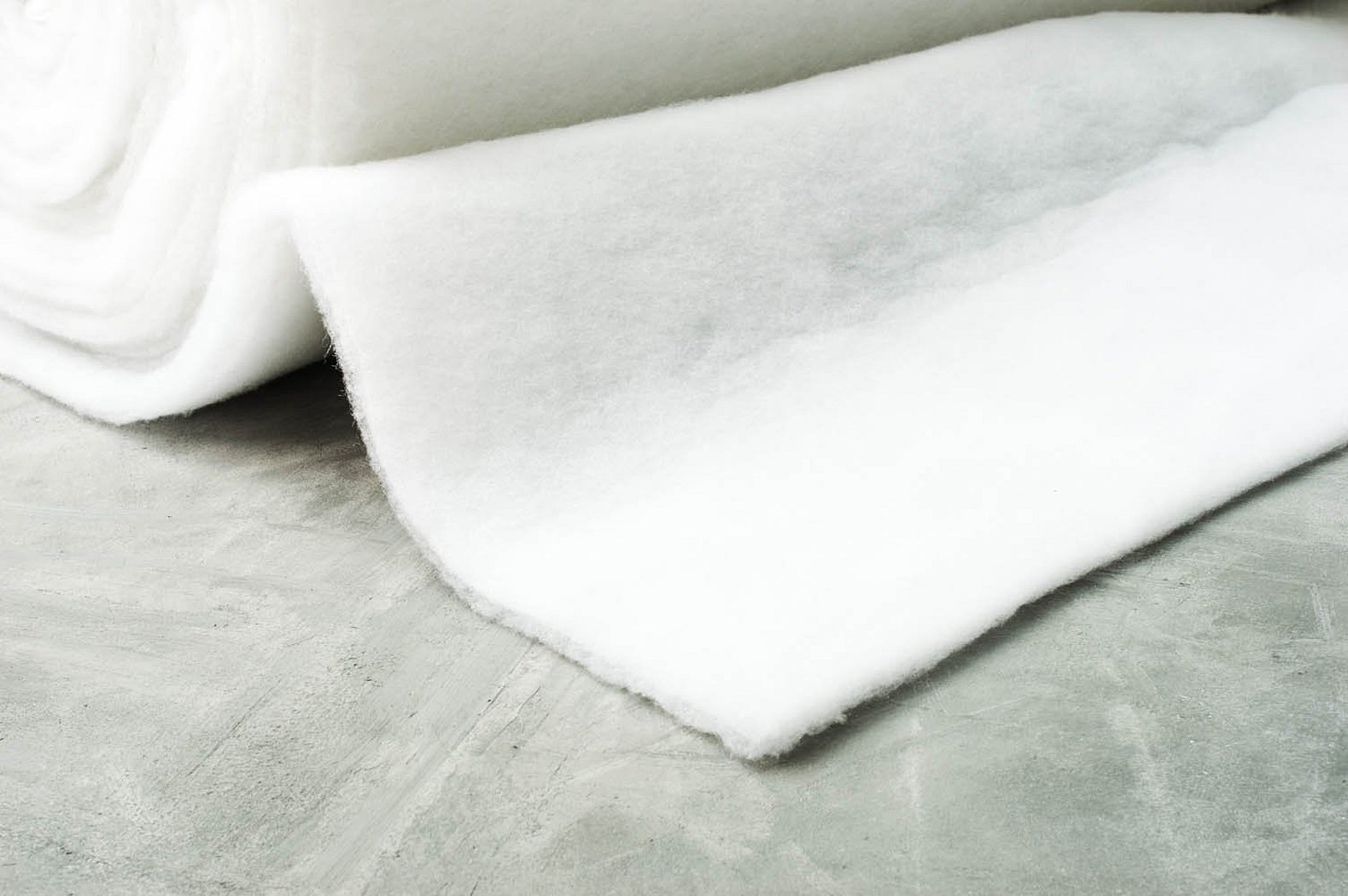
How to distinguish synthetic padding from its variety holofiber
Sintepon or holofiber are identical materials, but are made using different technologies. The fibers of the first are bonded with glue and form a solid canvas, and the second material is welded on special equipment under the influence of high temperature. Thanks to this manufacturing method, the filler is light, hollow and warm.
Please note! If you have to choose, both are suitable for bedding. When buying winter items, it is better to give preference to the material without glue, because it will be lighter, warmer and will last longer if properly cared for.

Scope of application
The density of synthetic padding varies, due to which the material is used in different industries. In construction, it is used for soundproofing the floor when laying floor coverings and for insulating walls. In the textile industry, it is impossible to sew warm clothes, toys and furniture without it.
Not everyone knows what types of synthetic padding there are, but the area of its application depends on the type:
- Sherstepon is a material that includes synthetic fibers with layers and inclusions of wool. It is most often used to make warm bedding;
- Eurosintepon - a mixture with silicone, which is used to make soft furniture layers;
- synthetic fluff is a material that, in its appearance and characteristics, is similar to natural fluff;
- Holofiber is a silicone filler used for clothing, furniture, pillows, and wall insulation.
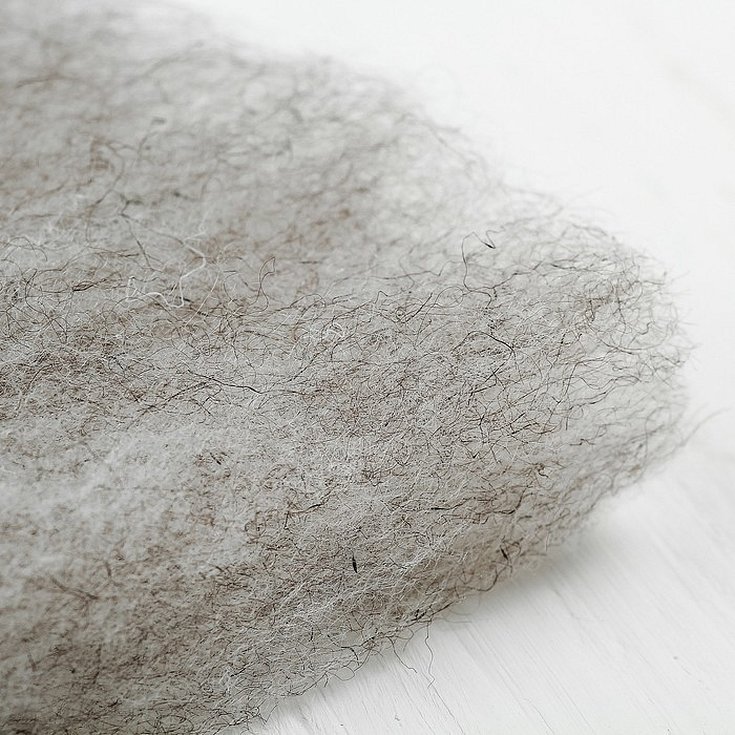
Types of products made of synthetic padding
The synthetic filler is used for different purposes:
- for the production of armchairs, sofas and other upholstered and office furniture;
- as an insulating material for autumn and winter clothing - jackets, vests, overalls, coats;
- in construction it is used for insulating walls and floors (in addition, it has soundproofing properties);
- synthetic winterizer fabric serves as a filter for water, aquariums, and some swimming pools;
- They are used to fill soft toys, gift pillows, mattresses, and blankets.
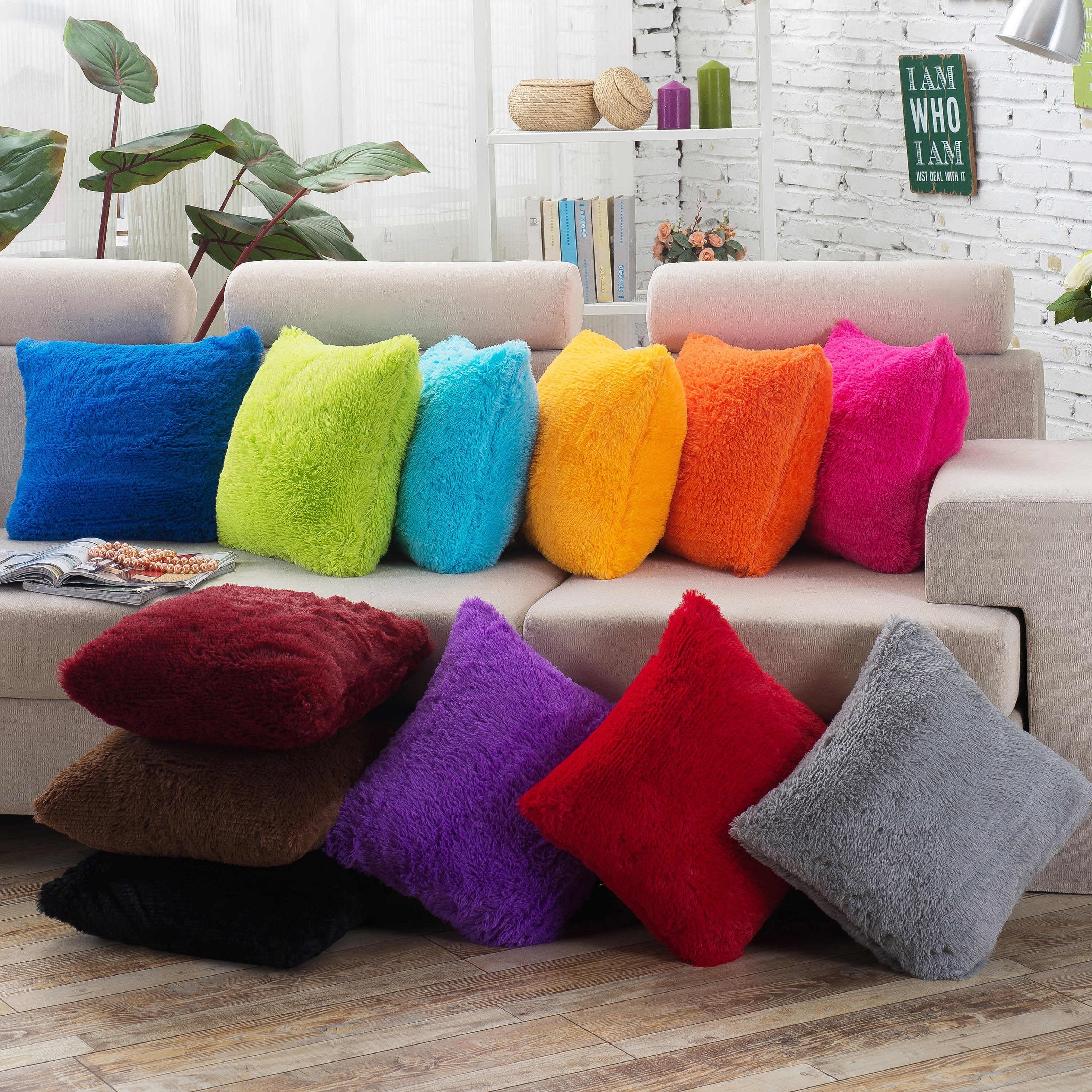
Tips for choosing winter jackets
Jackets have long been in fashion due to their low price, easy care and variety of designs. To choose a really good item, you need to rely on the advice of experts:
- It is important to inspect all seams, they must be even and processed;
- self-respecting manufacturers leave a sample of the insulating material on the label;
- The lining fabric is made from natural material - viscose or silk.
Please note! You can't buy jackets without trying them on. It's important that the item fits your figure well.
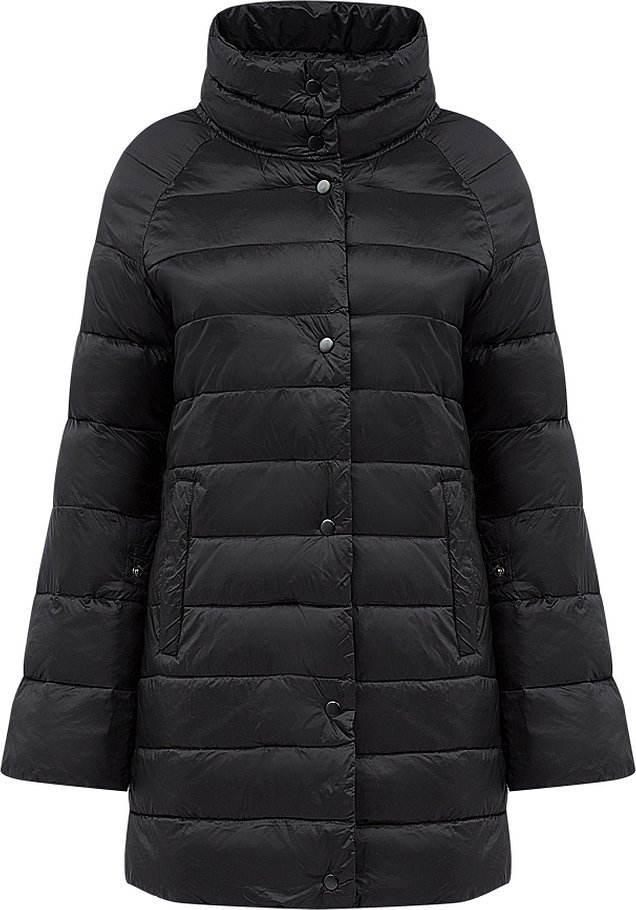
What density of synthetic padding in jackets and overalls is suitable for a child depending on the season
Not everyone knows what sintepon is measured in and how to distinguish it from each other. The main characteristic is density. The denser it is, the warmer, thicker and stronger it is.
When choosing a jacket or overalls for a child for the season, you need to take into account the climate of the region:
| Density | Air temperature |
| 400 g/m² | Up to -25 °C |
| 300 g/m² | Up to -20 °C |
| 200 g/m² | Up to -10 °C |
| 100 g/m² | Up to -5 °C |
For your information! At positive temperatures, you can use a density of less than 100, and the child will be comfortable. It should not be forgotten that children, unlike adults, have better heat exchange, and where an adult is fine, the child is warm. For autumn, 50 g / m² is suitable. The density should be indicated on the packaging or label of the product.
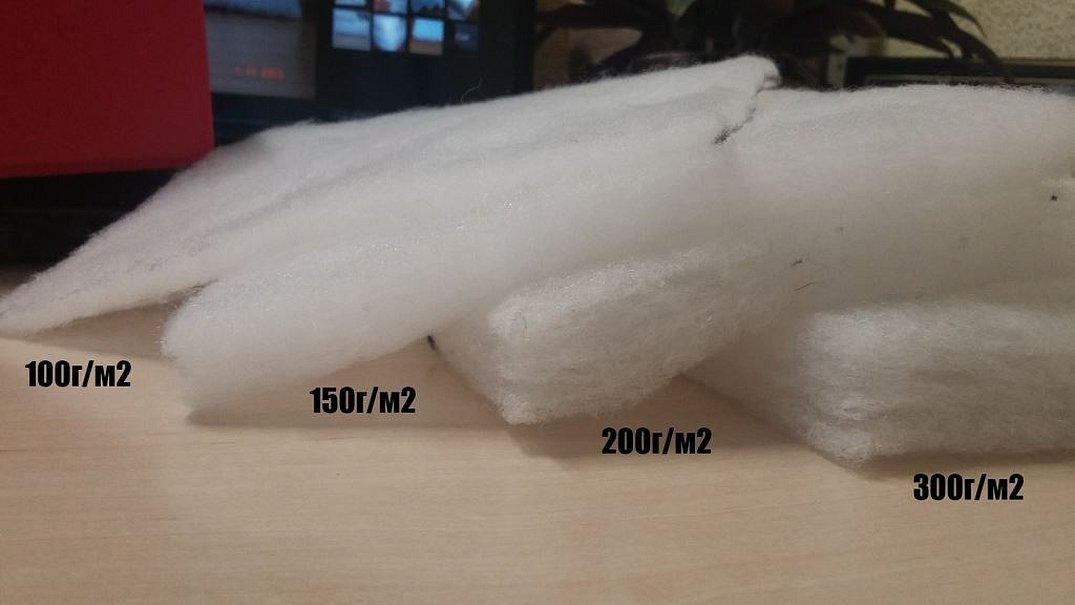
Care of items with synthetic padding
It is clear what synthetic padding is made of, now we need to decide how to care for it:
- hand wash or machine wash on a delicate cycle;
- You need to wring things out by hand;
- It is recommended to dry in the fresh air or in a well-ventilated area;
- if there are stains on the item (often happens with children's clothes or toys), they must first be removed by soaking the item in a stain remover;
- when washing, use water temperature no higher than 30 °C;
- You cannot iron or steam items because synthetics melt under the influence of high temperatures.
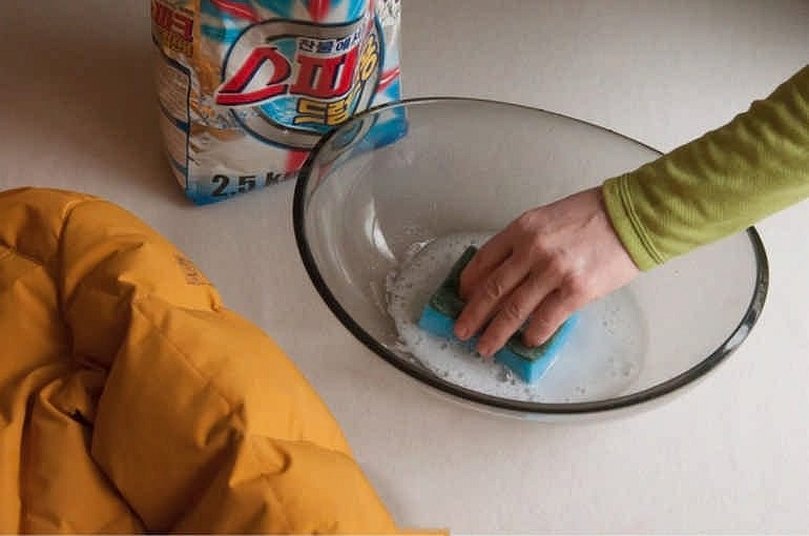
Pros and cons of synthetic padding as a filler
Synthetic padding is extremely popular due to its many advantages:
- synthetic padding, the composition of which is synthetic - lightweight;
- soft and airy;
- holds its shape;
- warm;
- breathable;
- hypoallergenic;
- elastic.
Sintepon, the characteristics of which meet all GOST standards, is widely used in industry due to its environmental friendliness. Unlike natural materials, it does not develop fungus and mold. It is also easy to wash and dries quickly.

In addition to many advantages, synthetic insulation has some disadvantages:
- glue can be toxic;
- winter jackets can only be worn up to -10°C;
- When washed, it settles and bunches up a little.
The cost of the material is low, so all the disadvantages are justified. In any case, a jacket made of insulation can last for several seasons with proper use and care. The main thing is to choose the right thing.

